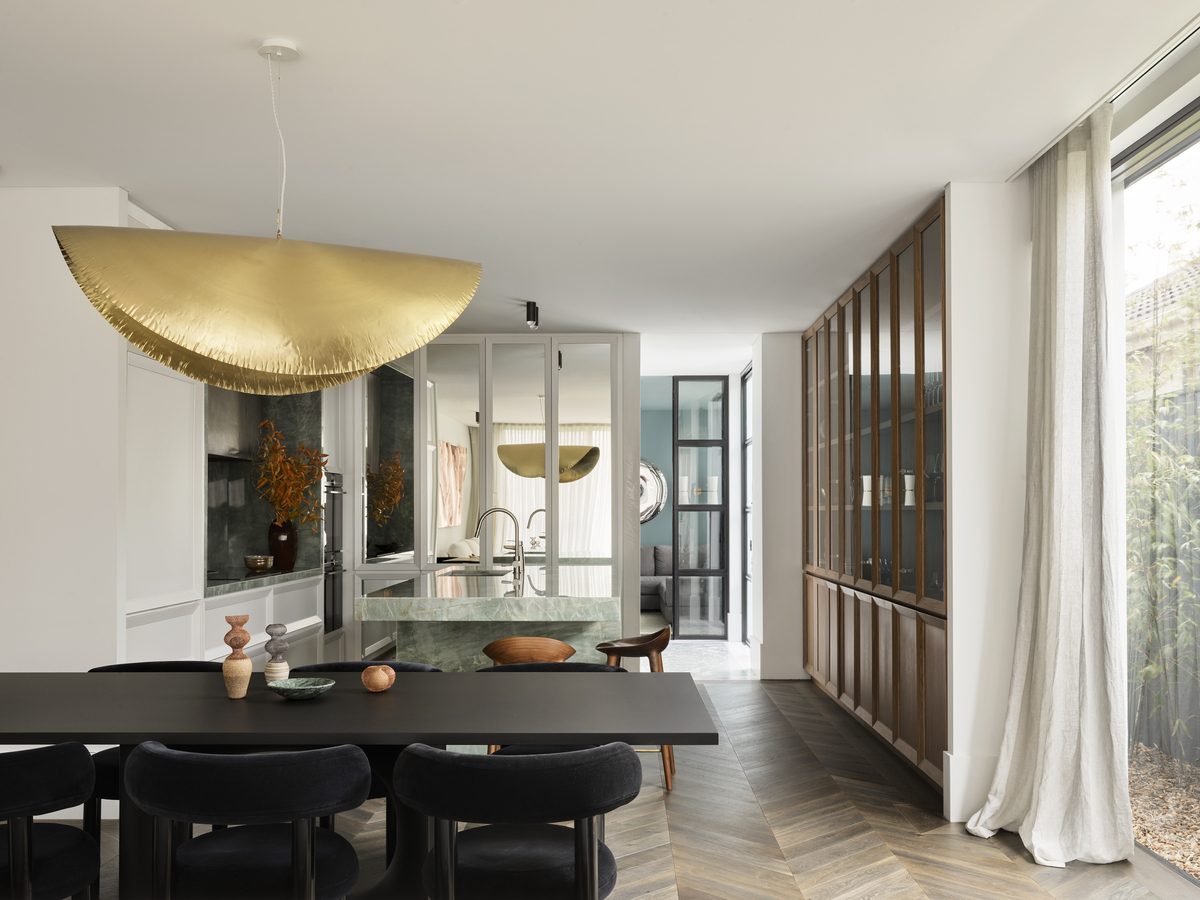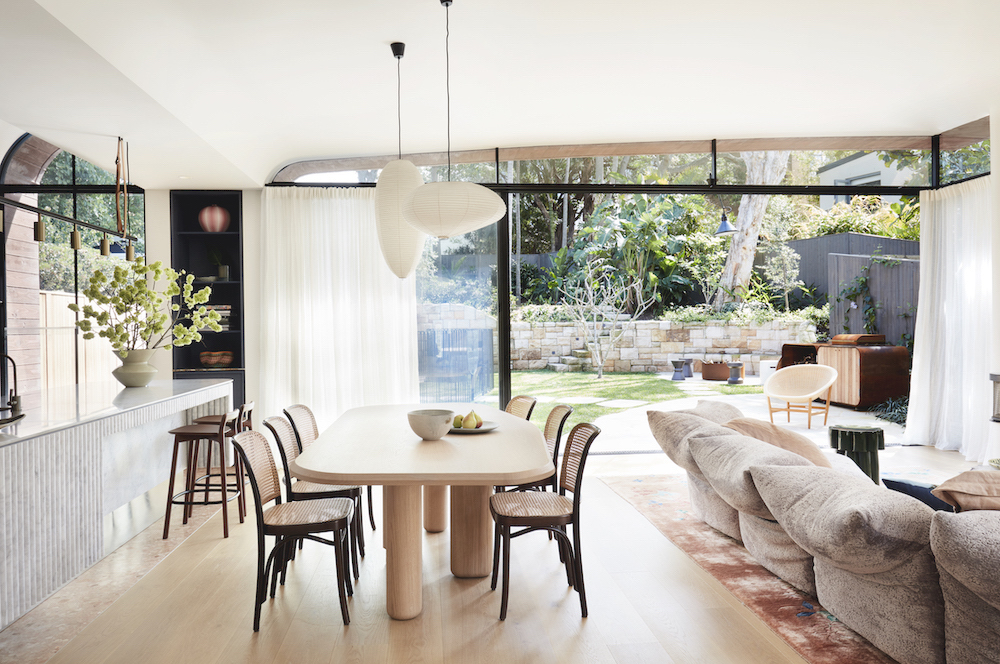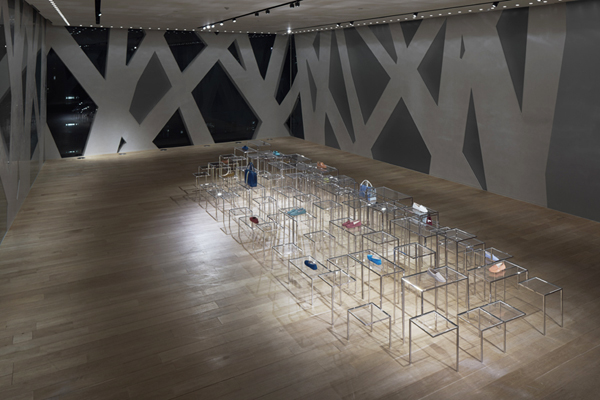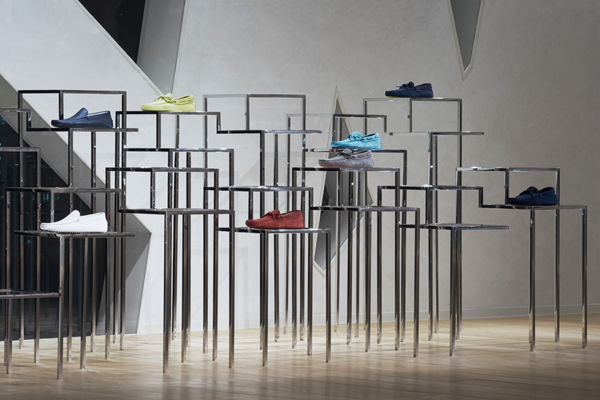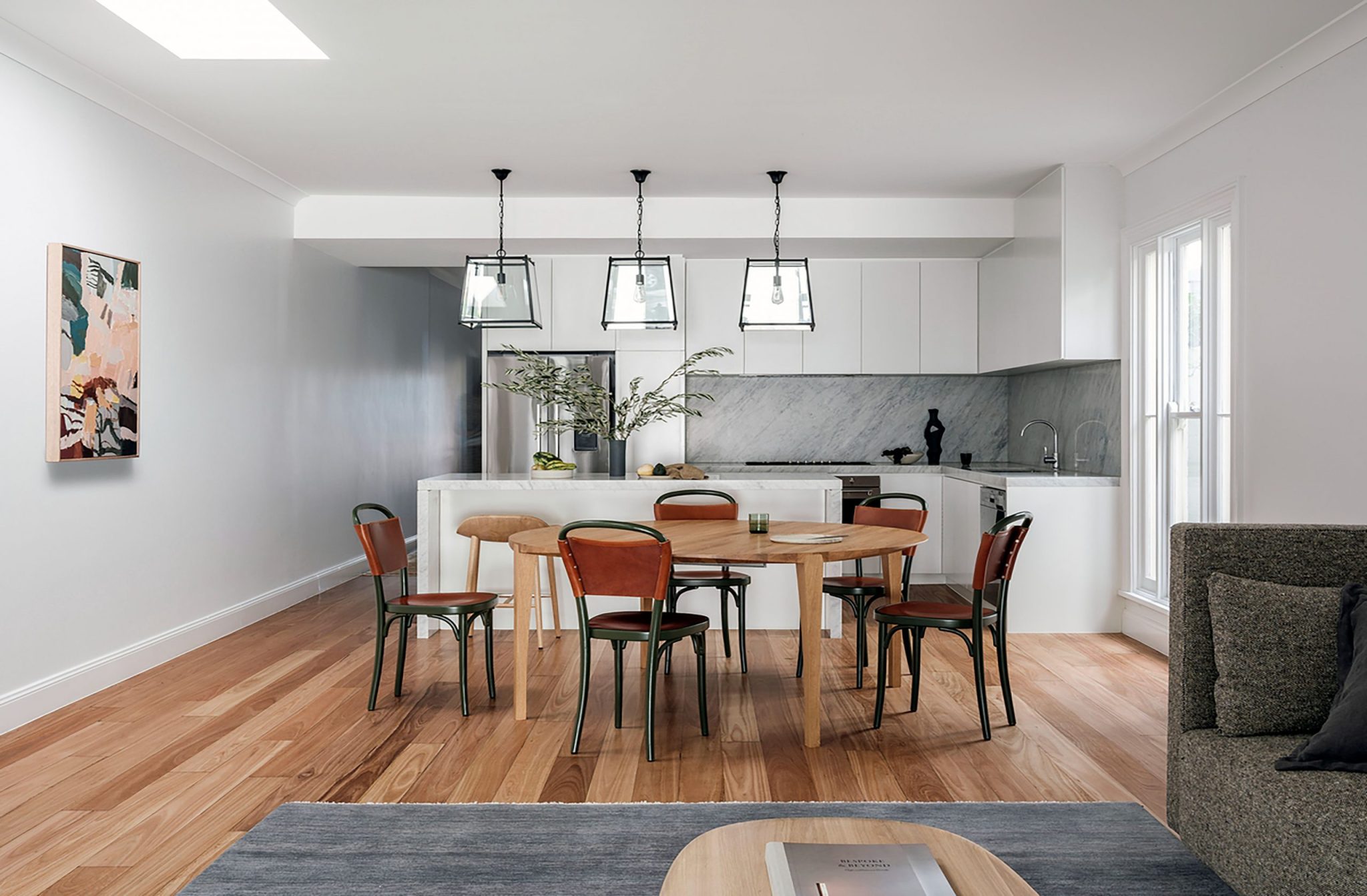
Nendo design furnishings for Tod’s Omotesando
Nendo design furnishings for Tod’s Omotesando
Share
Prolific Japanese design studio Nendo has created a range of display furnishings for Tod’s department store in Omotesando, Tokyo. This is not the first time Nendo have designed for the prestigious footwear company, with the first partnership resulting in the ‘Envelope’ boat shoe for the Italian luxury brand.
Rather than collaborating again on a footwear product, Nendo has expanded on the design relationship, exploring a range of furniture to be displayed within the sixth floor of the seven storey Tod’s building.
Located on the elm lined Omotesando Avenue, renowned for its rows of luxury flagship stores, Tod’s Shibuya building was originally completed by iconic Japanese architect Toyo Ito in 2004. The L-shaped building’s exterior is famously made up of interlocking concrete supports and glass windows. The result is loosely geometric and organic enough to mimic the upwardly expanding branches of the trees that line the four lane street.
This branch-like exterior transcends inwards, creating angular, seemingly haphazard interior walls while the gaps in between create large sharp irregular windows. The concrete supports themselves widen as the ‘branches’ thin out towards the upper levels of the building.
It is against this energetic pattern that Nendo took to conceptualising the furniture designs for the empty space. The design studio also responded to an added brief; to contemplate the alternative uses for the vast hall.
As the sixth floor hall is also a used for a variety of functions like press conferences, parties or special events, it was important, as Nendo state that, “…all the furnishings [are able to] be arranged freely for different purposes, then stored away compactly when not in use”.
Keeping with the original building’s task of abstractly bringing the outside world inside, the modular, frame-like furnishings are reminiscent of the visible skyline, jostling together in various shapes and sizes. Nendo are renowned for incorporating an element of surprise into their projects and this time have used mirrors to reflect exterior light and landscape within the retail space. The result is an interior parallel universe reflecting, reinterpreting and reimagining the local Japanese landscape.
Nendo designer Oki Sato’s approach to retail design continues to be both creative and practical in essence. Responding to the changing attitudes and habits of modern consumers, he states, “Now days you can buy anything from anywhere. It is really the experience of the space that is the most important thing… You have to feel something, that is the goal of [retail] interior design.”
You Might also Like
